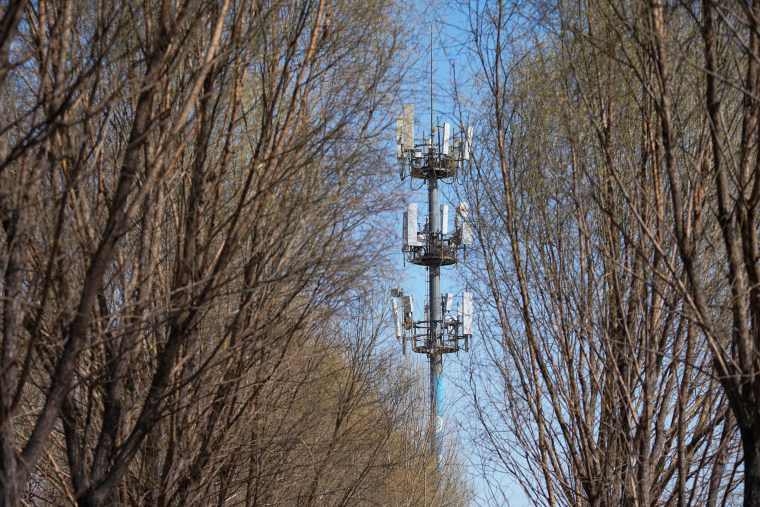If you've ever walked through a town, you may have seen tiny cell towers for 5G on the poles of street lights. They look like little boxes, but they're actually broadcasting wireless signals from cell phone providers to your phone.
The smaller ones are being replaced by the larger built cell towers. While they're not as noticeable, they still can cause problems for people.
It is the of the FCC's Radiation Exposure Thresholds
The FCC's Radiation Exposure Thresholds determine the maximum amount of time an individual can be exposed to electromagnetic energy generated by wireless devices. safe distance to live from cell phone tower are based on scientific data that prove that electromagnetic energy can be harmful to human health.
The absorption rate specific (SAR) is an indicator of the amount of radiofrequency energy absorption by tissues. It is typically 1.6 Watts per kilogram averaged over one Gram of tissue.
Since 5g is able to transmit at higher frequencies and has the potential to increase the intensity of energy on the skin and other directly-exposed body parts. This could result in various possible harms, such as an increase in formation of skin disorders like dermatitis, cataracts and skin cancer.

Due to the possible harmful effects of radiation from 5G, PSU has chosen to set a general localized power density limit of 4 mW/cm2 measured on 1cm2, and not exceeding 30 minutes for all 5G services at 3000 GHz. This limit for localization is in line with the highest spatial-average SAR of 1.6 W/kg, which is averaged over 1 grams of tissues at six GHz.
The FCC's Maximum Exposure Thresholds
If you've ever operated a cell phone, then you're aware that a safe location from the tower should be at least 400 meters away. This is because the power of transmission from cell towers increases drastically the further away you are from it.
While this sounds like something that's good, the reality is that those living close to towers could be more susceptible to health issues. For example, a study from 2014 in India discovered that people who lived within 50 meters of cell towers had much more health problems than those who lived farther far from antennas.
However, what is a safe distance from a cell tower revealed that those who relocated into areas farther away from cell towers noticed their symptoms return to normal within a couple of days. https://pastebin.pl/view/e02530ee have revealed that exposure to high frequencies of radiofrequency electromagnetic fields (EMFs) can lead to brain tumors, cancer, and other health problems.
This is due to the fact that RF radiation, which is used in wireless communication, can penetrate the human body's outer layer, the skin. It is vital to be aware of this since the skin serves as a barrier to protect against injuries caused by mechanical forces, infections caused by pathogenic microorganisms and infiltration of toxic substances. It is also the largest organ in the human body and is accountable for maintaining the integrity of other organs.
The FCC's Minimum Exposure Thresholds
The FCC's Minimum Exposition Thresholds depend on numerous assumptions that are not supported by scientific evidence. This includes the false assumption that short-term exposures to RF radiation are safe due to minimal penetration into the body (i.e., tissue heating).
This assumption does not take into account the deeper penetration of the ELF parts of modulated RF signals as well as the effect on the body of short bursts from pulsed RF waves. These assumptions are not in line with current knowledge of the biological consequences of RF radiation, and thus, they should not be used for health protective exposure guidelines.
Furthermore to that, ICNIRP and FCC restrict their radiation limits for local peak SARs, based on the maximum spatial specific absorption rate (psSAR), which can be described as an inadequate dosimetric tool for determining the level of exposure to RF radiation. In particular it is inconclusive for frequencies that exceed 6 GHz. Furthermore, psSAR has not been tested for RF radiation with co-exposure to other environmental agents , such like sunlight. Interactions of RF radiation with other agents in the environment could result in antagonistic or synergistic results. This can lead to the risk of having adverse health consequences. For example, co-exposure to RF radiation with sunlight may cause an increase in the incidence of developing skin cancer, as well as aggravate other skin diseases such as acne.
